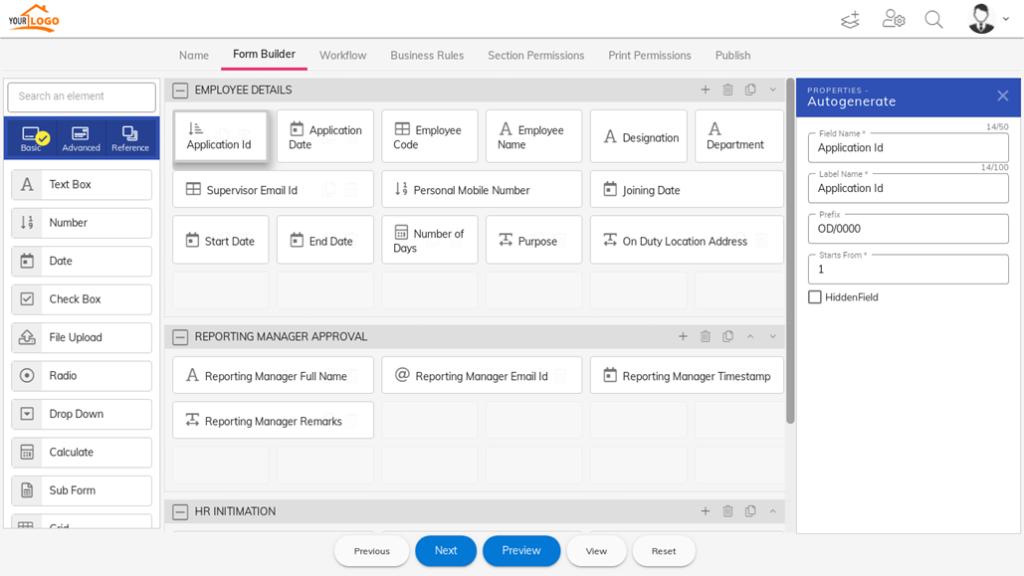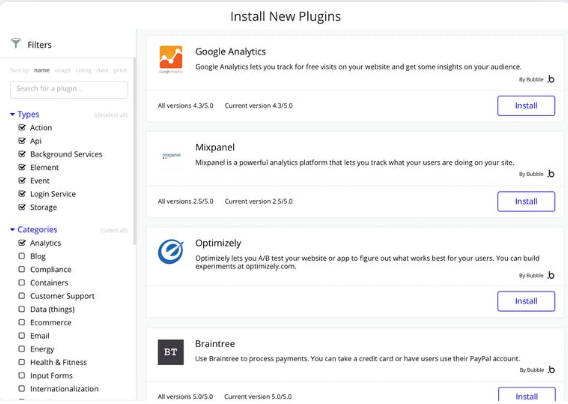

There are many small details and capabilities that differentiate low-code platforms from no-code solutions.

Market confusion aside, it is possible to distinguish between low-code and no-code platforms. It ’s n o wonder that we ’re a ll a little confused.

However, platforms or tools such as Honeycode and AppSheets, which their vendors say are no-code, were evaluated as LCAPs. However, in its 2020 Magic Quadrant for Enterprise Low-Code Application Platforms, 2020 (LCAP), Gartner st ated t hat no-code platforms were not included. In Gartner’s 2019 Magic Quadrant for Enterprise Low-Code Application platforms, “no-code” capability was one of the criteria for inclusion in the report. Even big analyst firms seem to have a hard time d ifferentiating between them. T ypically, the former is thought to target the power users ( who may or may not have some development skills ) and developers, and the latter is thought to target business users. The crux of the idea is that you can develop an app using visual tools, drag and drop application components or blocks without needing huge volumes of code.Īt first glance, it is easy to confuse low-code and no-code. Empowering team members to build their own tools will ensure that it caters perfectly to their needs and that they’re happy about it.If you have been considering moving away from traditional application development methods towards a more r apid and visual approach to application development, you have probably come across low-code and no-code.

Adoption and satisfaction: Forcing applications and tools onto people never works out in terms of adoption. They know exactly what they need, how about they build it themselves? Each team can have full ownership of the tools they use. With no-code, everyone can chime in and participate in building tools for their work, regardless of their technical know-how and limitations. The time spent building internal apps could be spent working on your product. No-code platforms are much more affordable than hiring a team of professional developers. There are various benefits to using a no-code platform to build internal tools: Why not assign a few developers and get them to build whatever internal tools you need? The question makes sense and will probably be asked by team members when discussing the topic.


 0 kommentar(er)
0 kommentar(er)
